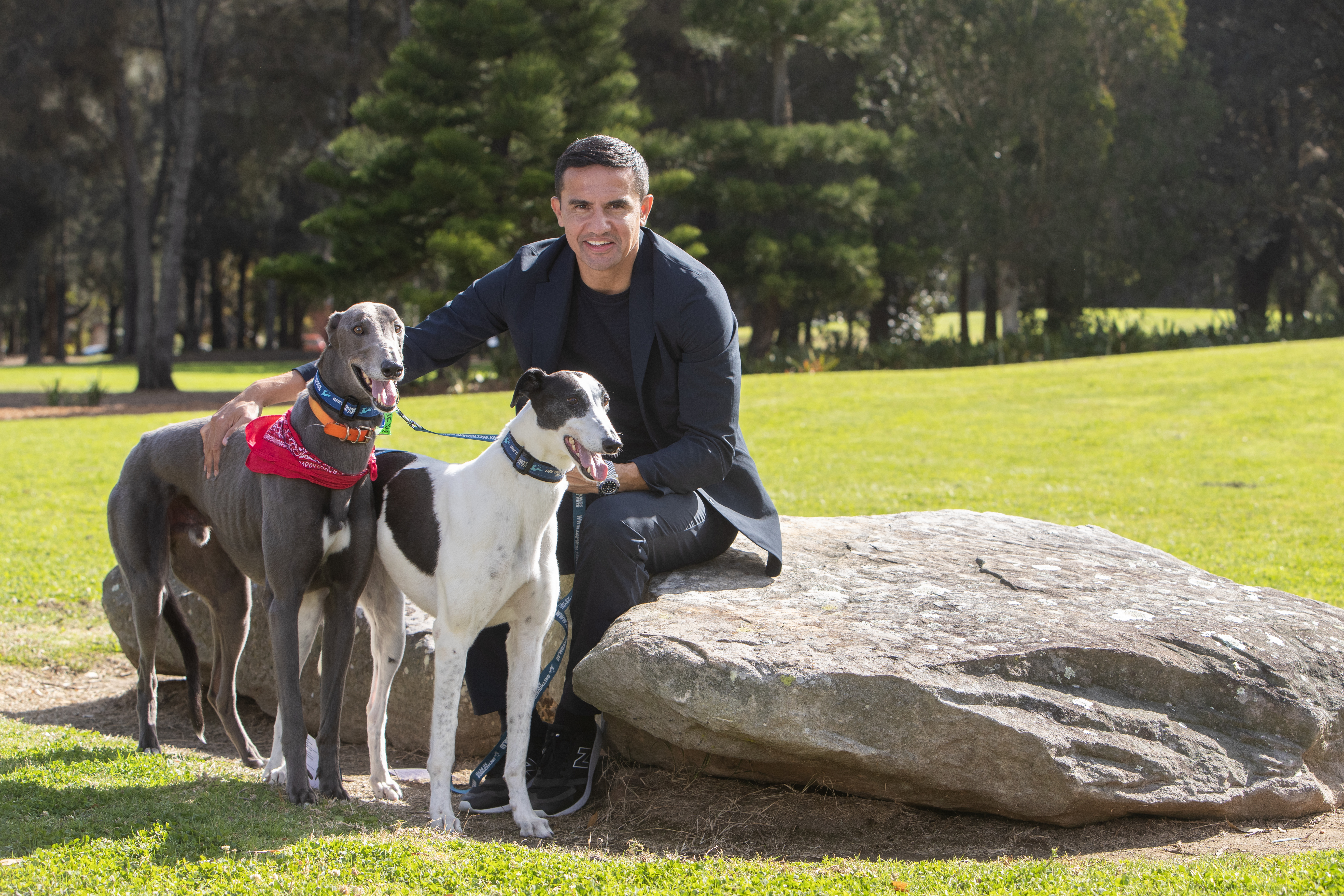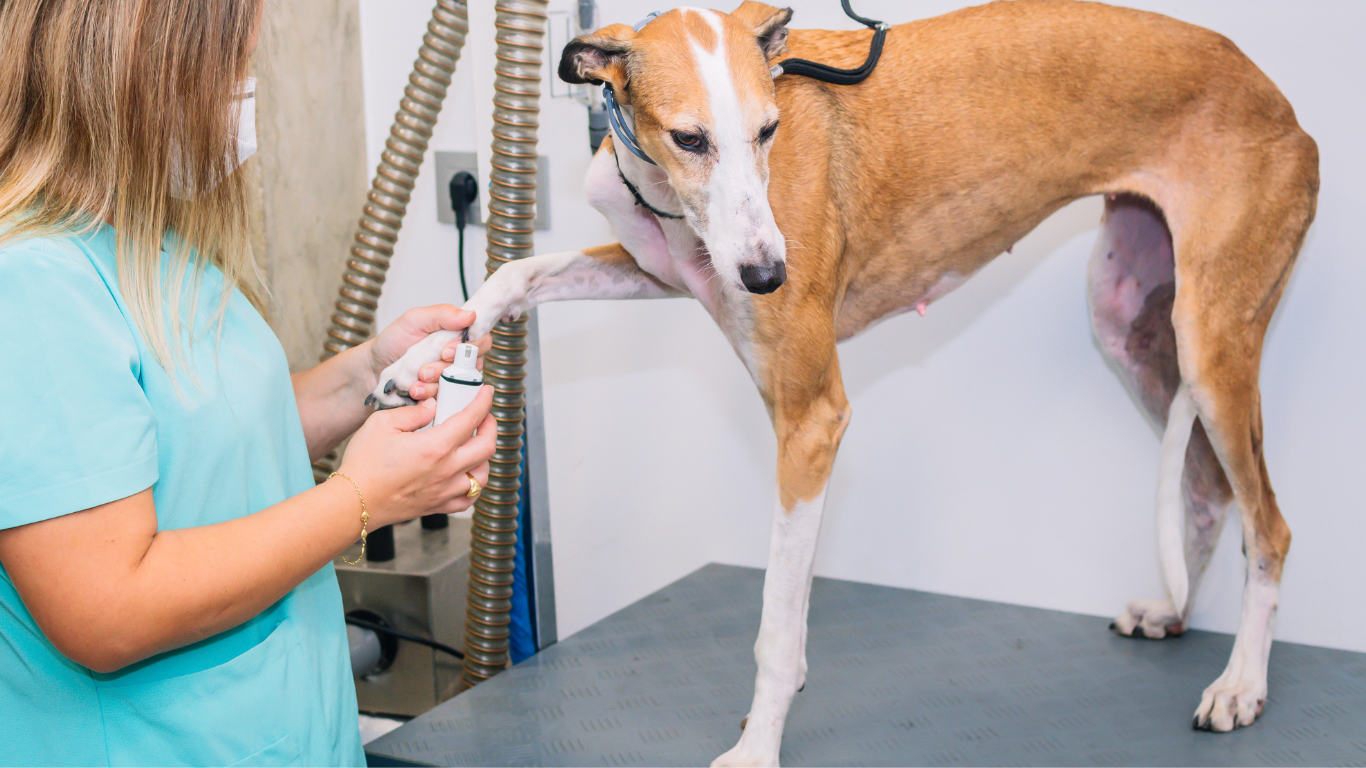
Managing Dog Flu
Canine influenza or dog flu, can cause dogs to be uncomfortable, sick and in severe cases, pose a serious risk to their life. While most cases are not fatal, it’s important to be prepared and know the symptoms you should look out for.
How do they contract it?
Like human strains of flu, dog flu is an airborne respiratory disease. It can be spread from droplets through coughing, barking or sneezing, and can also spread through contaminated items such as water bowls, collars and kennel surfaces.
What to look for
Unlike human flu, dog flu is not seasonal and can occur at any time of the year. Here are signs that your pooch may be fighting the dreaded flu:
- Coughing
- Sneezing
- Oozing out of the nose
- Runny eyes
- Fever
- Fatigue/Exhaustion for no reason
- Difficulty breathing
For the most part, dogs will only show mild symptoms but severe cases do occur which can cause pneumonia, fever and difficulty breathing. If your dog exhibits any of these signs you need to seek veterinary care immediately.
Treatment
When properly diagnosed and treated, dog flu can last anywhere from 1-30 days. Your Vet will be able to provide you with the best remedy for your dogs’ condition including anti-viral and bacterial medications, fluids and anti-inflammatory medication to reduce fever.
Good nutrition is vital to aid in your dogs’ recovery. Homemade chicken broth is a fantastic food to provide your dog with the protein, healthy fats, vitamins, minerals and hydration it needs to recover quickly.
Prevention
The virus is very contagious, almost all dogs who are exposed to the virus will become
Infected, but not all dogs show symptoms. To reduce the spread of the virus:
- Isolate dogs displaying signs of being sick for at least 7 days
- Wash and sanitise hands thoroughly when you have come into contact with a sick dog
- Clean any shared items including food bowls, kennel and bedding
- Speak to your Vet about flu vaccinations
You know your dog best and you will know when something doesn’t seem quite right with your pet. Look out for the signs of cold and flu and keep your dog safe and healthy this Winter.
More news
 Adoption Day Success At DaptoDecember 19, 2023 10:35
Adoption Day Success At DaptoDecember 19, 2023 10:35 Wellington Joins GAP Prison ProgramBy GRNSWDecember 04, 2023 17:21
Wellington Joins GAP Prison ProgramBy GRNSWDecember 04, 2023 17:21 Cahill Now A Hall Of Fame AmbassadorBy GAPNSWNovember 30, 2023 10:20
Cahill Now A Hall Of Fame AmbassadorBy GAPNSWNovember 30, 2023 10:20 How To Care For Greyhound NailsBy gapnsw.com.auOctober 23, 2023 11:35
How To Care For Greyhound NailsBy gapnsw.com.auOctober 23, 2023 11:35 Is Coconut Oil Your Dog's Best Friend?By GAPNSWOctober 23, 2023 09:36
Is Coconut Oil Your Dog's Best Friend?By GAPNSWOctober 23, 2023 09:36 Helping a Greyhound When Relocating Their Safe SpaceBy gapnsw.com.auSeptember 13, 2023 11:10
Helping a Greyhound When Relocating Their Safe SpaceBy gapnsw.com.auSeptember 13, 2023 11:10